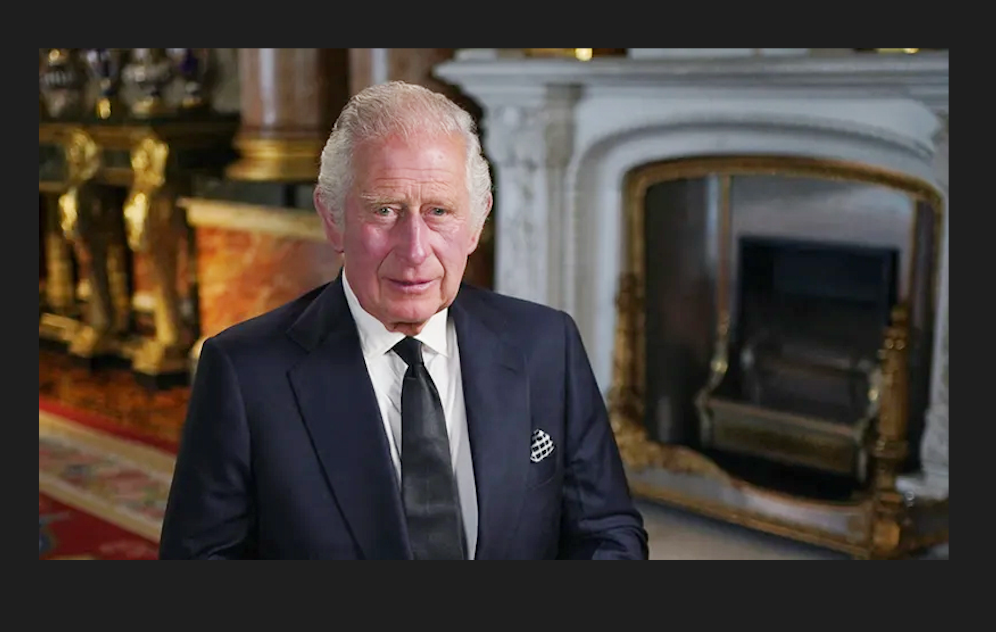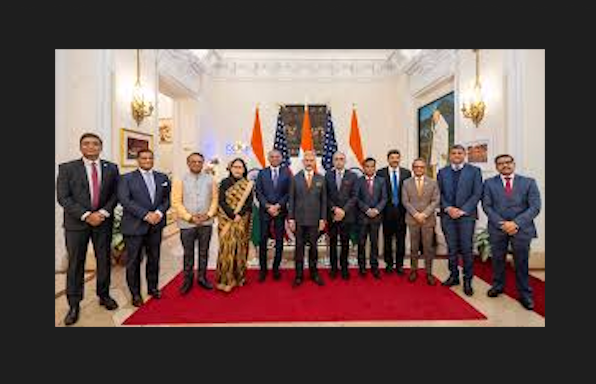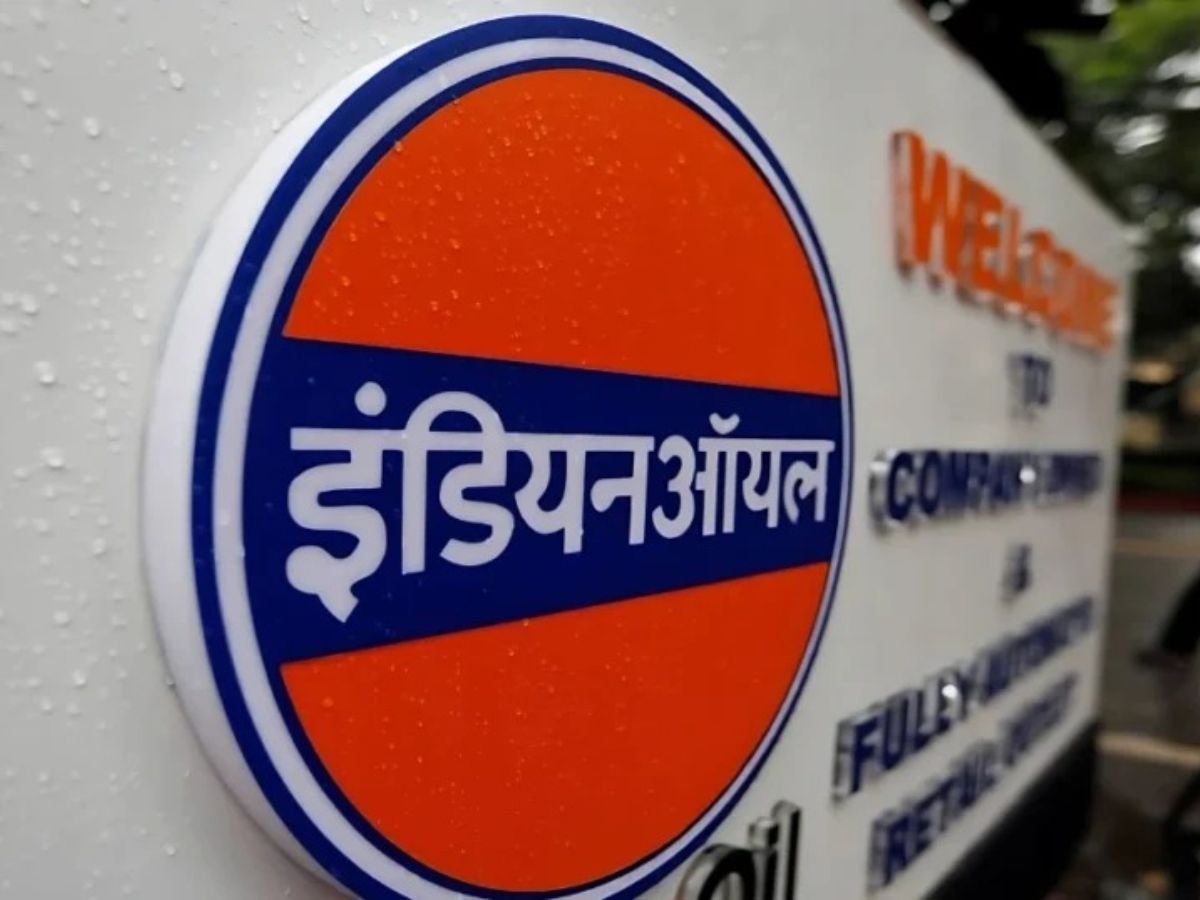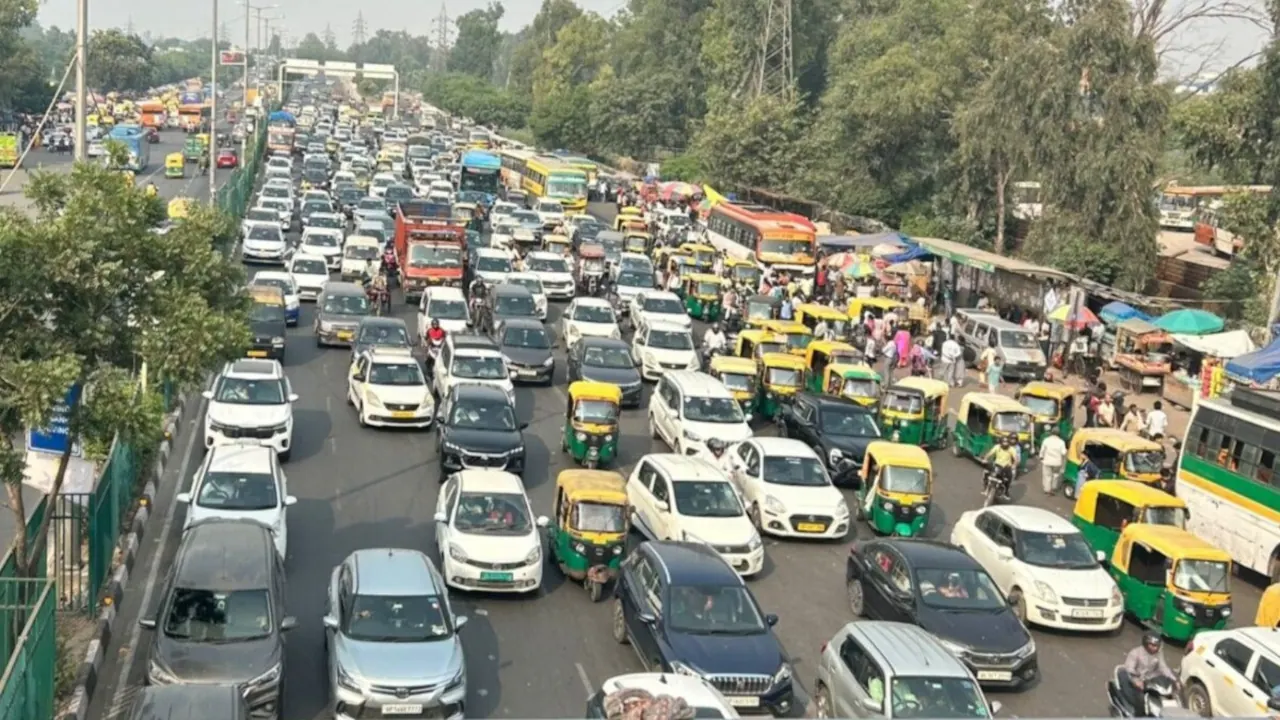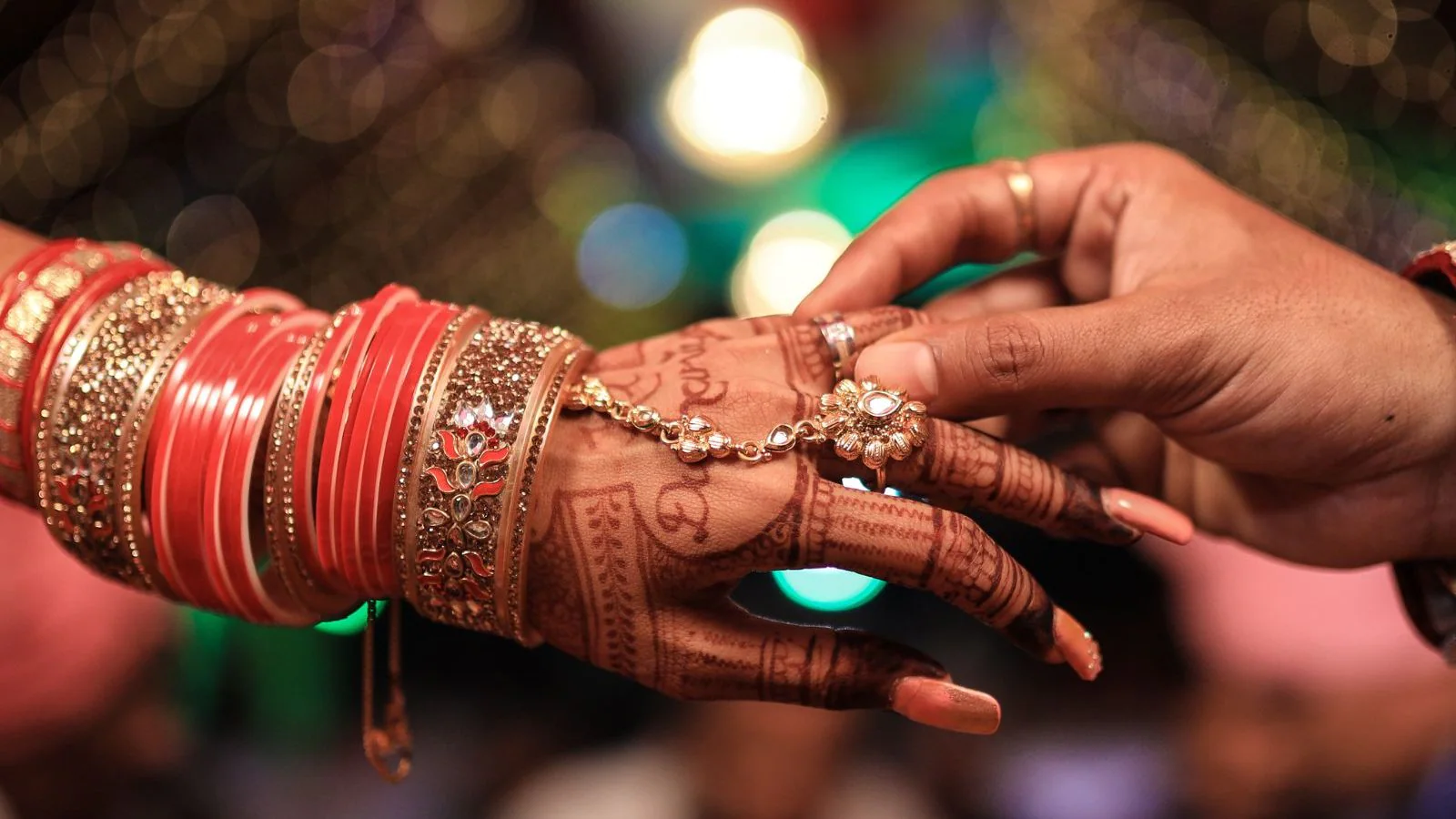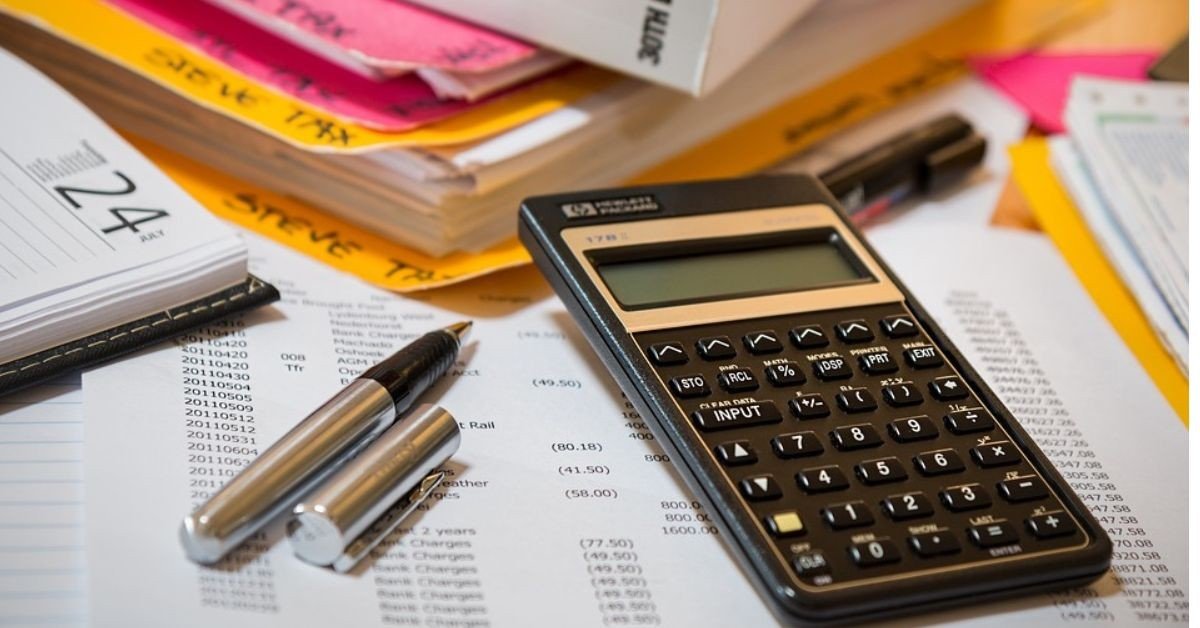The story of South Korea’s mass overseas adoptions remains a haunting reminder of how state policies and private profit once uprooted generations, leaving behind painful legacies of loss, longing, and fractured lives
For decades, South Korea was at the center of one of the world’s largest and longest-running overseas adoption programmes, sending more children abroad than any other country. Between the 1950s and the early 2000s, an estimated 170,000 to 200,000 South Korean children were adopted, primarily by families in Europe and the United States.
What began in the aftermath of the Korean War as a humanitarian measure for orphans and displaced children quickly grew into a system plagued by weak oversight, profit motives, and stories of families torn apart against their will.
The consequences are still being felt across generations. Children were uprooted from their homeland, their identities erased, and raised in foreign cultures as strangers to their own roots. Their birth parents, meanwhile, endured decades of anguish, often searching relentlessly in vain.
One such story is that of Han Tae-soon (71), who spent 44 years searching for her missing daughter. In May 1975, while Han briefly went to the market, her young daughter Kyung-ha disappeared from their neighborhood in South Korea. Unbeknownst to her, the child was taken to an orphanage and later adopted by a U.S. family under the name Laurie Bender.
The mother’s search spanned police stations, orphanages, and television appeals. The breakthrough came in 2019, when Han matched with her daughter through 325 Kamra, an organization using DNA testing to reconnect adoptees with birth families. Their reunion, however, was bittersweet.
-
Today, overseas adoptions from South Korea have nearly disappeared. In 2023, only 79 children were adopted internationally
-
Yet for thousands of families, the scars remain deep
-
Many adoptees now grapple with fractured identities, while parents like Han continue to fight for acknowledgment and accountability
“Even though I found my daughter, it doesn’t feel like I truly found her,” Han said in an interview. “We can’t communicate. My entire life has been ruined. No amount of money will ever make up for what I’ve lost.”
Laurie Bender, now a nurse in California, barely speaks Korean, while Han speaks little English. Distance, time, and cultural divides have made rebuilding their relationship difficult. Han has since filed a lawsuit against the South Korean government, alleging negligence in preventing her daughter’s illegal adoption. She is the first biological parent of an overseas adoptee to seek damages.
Critics describe the system as a “trade in children.” In the 1970s and 80s, as South Korea modernized, thousands of children were removed from the streets and welfare centers under campaigns to “clean up” urban spaces. Adoption agencies, operating with little regulation, demanded high fees from adoptive families while presenting the system as a noble humanitarian mission.
In 1985 alone, over 8,800 South Korean children were sent overseas. By then, the policy served more than child welfare—it was seen as strengthening international ties and projecting national “soft power.”
DISCLAIMER: The views and opinions expressed in this article are solely those of the author and do not necessarily reflect the official policy or position of Pravasi Samwad. Pravasi Samwad is not responsible for the accuracy, completeness, or reliability of any information presented.



